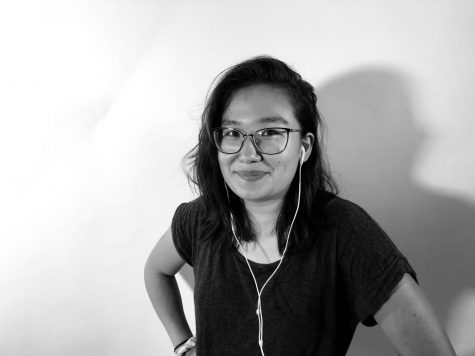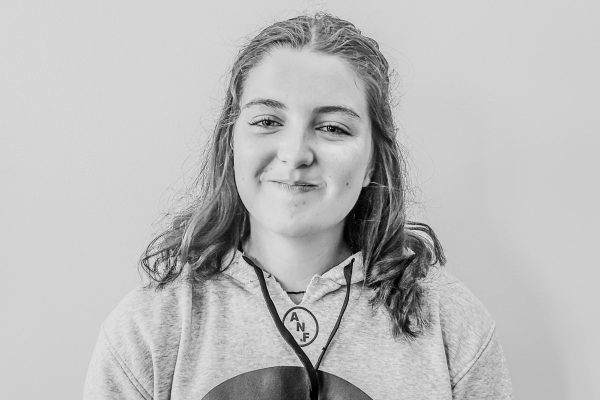Art Club Gets New Screen Printing Materials
February 15, 2021
The strong smell of ink wafted through the art room as Scout Wycoff ‘21 placed a t-shirt on the press. After receiving funds from Student Senate, the purchase of an exposure unit has brought new methods to the City High Arts Department.
“We’ve been acquiring some cool stuff for silk screening for the past couple [of] years,” Michael Close, one of the City High art teachers, said. “This is the machine that allows us to ‘burn’ images to screens for printing. We had a homemade one that Dan put together a few years ago, but this new one really kicks butt and does an amazing job.”
Wycoff is an AP art student who has experience with the various new screen printing materials the art program has been acquiring, and making, over the years.
“Dan and Michael have made their own frames for the screen printing, and have reused the frames already made for new prints,” Wycoff said. “They also got a new tub to wash out the screens but unfortunately, they need to still hook it up to the plumbing system somehow.”
Along with making their own frames, they were also gifted some by Blueyah Blueberry Farm.
“Last year we found someone giving away a bunch of silkscreen frames on Craigslist, [which] are typical $20-30 each and [Blueyah Blueberry Farm outside of Oxford] gave us about 30 of them. [It was a] very cool and generous donation to City High,” Close said. “Because we got all these free frames, we purchased a screen stretcher so we can attach the screens on our own. It took us a little bit to figure it out because all the instructions and videos we could find on how to use it were in Chinese, but we prevailed and got it working.”
After setting up their screen stretcher and exposure unit, they began to test them out.
“Dan and Michael have also been experimenting with their new machine for the past few weeks with different types of images,” Wycoff said. “To make the drawings you can use almost any medium and even use a collage. You can put different colors together on the screen to make a stripe effect or put them in different places to incorporate different colors.”
Close explained how to use the new exposure unit.
“We used to cut out stencils and place them under the screens, then we upgraded to the homemade light table so we could use images, now we have tools that professionals use in shops,” Close said.
Wycoff had a chance to learn about the machine herself.
“It’s super cool, Dan explained to me how it works and it’s really interesting,” Wycoff said. “It kinda looks like a copying machine but when you put a screen down and a drawing on a clear slide over it the light goes through around the drawing and causes the screen to block around the drawing.”
With this new machine comes a new class at City High.
“Dan will be teaching a printmaking class next year that will be using the silk screening materials to print posters and t-shirts as well as teaching other forms of printmaking,” Close said.
No stranger to screen printing, Close feels like the class will be a natural evolution of the screen printing work they have been doing.
“We have been screen printing in various classes and with the Art Club for many years,” Close said. “We have also led screen printing in activism workshops the past few years on MLK Day.”
This year, Wycoff participated in their MLK Day workshop, which took place on January 13.
“I went to the screen printing workshop they had on MLK Day and made a bunch of prints that I’m going to use for a collage in a project,” Wycoff said. “Our workshop was very successful, but if we had a class, the school would give them money for some new inks, shirts, and have the washing tub set up correctly. I really think that their class is gonna be a lot of fun for whoever joins.”
Along with allowing for a screen printing class and supporting an MLK Day activity, Close believes that the new materials could be used to benefit Art Club.
“In the long run, I’d like to see the Art Club have a full-blown shop for clubs, organizations, and students to be able to submit a t-shirt design and get it printed in-house for a small fee that would directly benefit our Art Club,” Close said.
Wycoff made a print of her dog at the workshop, but also maintains the screen printing materials’ various uses and the advantage of the new class.
“You can use the screens for so many different things. You can make posters, any type of clothing item, or you can use the prints to make other projects,” Wycoff said. “It makes me wish I could be a junior so I could take the class next year.”
































